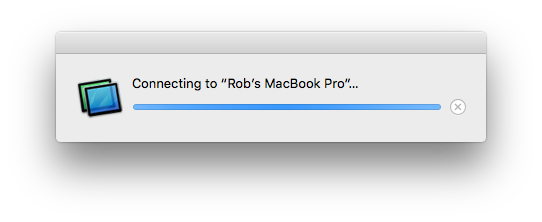Add the following extensions:
extension Numeric {
var data: Data {
var bytes = self
return Data(bytes: &bytes, count: MemoryLayout<Self>.size)
}
}
extension Data {
func object<T>() -> T { withUnsafeBytes{$0.load(as: T.self)} }
var color: UIColor { .init(data: self) }
}
extension UIColor {
convenience init(data: Data) {
let size = MemoryLayout<CGFloat>.size
self.init(red: data.subdata(in: size*0..<size*1).object(),
green: data.subdata(in: size*1..<size*2).object(),
blue: data.subdata(in: size*2..<size*3).object(),
alpha: data.subdata(in: size*3..<size*4).object())
}
var rgba: (red: CGFloat, green: CGFloat, blue: CGFloat, alpha: CGFloat)? {
var (red, green, blue, alpha): (CGFloat, CGFloat, CGFloat, CGFloat) = (0, 0, 0, 0)
return getRed(&red, green: &green, blue: &blue, alpha: &alpha) ?
(red, green, blue, alpha) : nil
}
var data: Data? {
guard let rgba = rgba else { return nil }
return rgba.red.data + rgba.green.data + rgba.blue.data + rgba.alpha.data
}
}
extension UserDefaults {
func set(_ color: UIColor?, forKey defaultName: String) {
guard let data = color?.data else {
removeObject(forKey: defaultName)
return
}
set(data, forKey: defaultName)
}
func color(forKey defaultName: String) -> UIColor? {
data(forKey: defaultName)?.color
}
}
extension UserDefaults {
var backgroundColor: UIColor? {
get { color(forKey: "backgroundColor") }
set { set(newValue, forKey: "backgroundColor") }
}
}
Usage
Set:
let defaults = UserDefaults.standard
defaults.backgroundColor = UIColor.systemOrange
Get (with default incase error):
let defaults = UserDefaults.standard
myView.backgroundColor = defaults.backgroundColor ?? UIColor.systemTeal
(Optional) Check if exists, else set:
let defaults = UserDefaults.standard
if let col = defaults.object(forKey: "backgroundColor") {
//Color exists in UserDefaults
myView.backgroundColor = defaults.backgroundColor ?? UIColor.systemTeal
}else{
//Color NOT exists in UserDefaults
defaults.backgroundColor = UIColor.systemOrange
}







